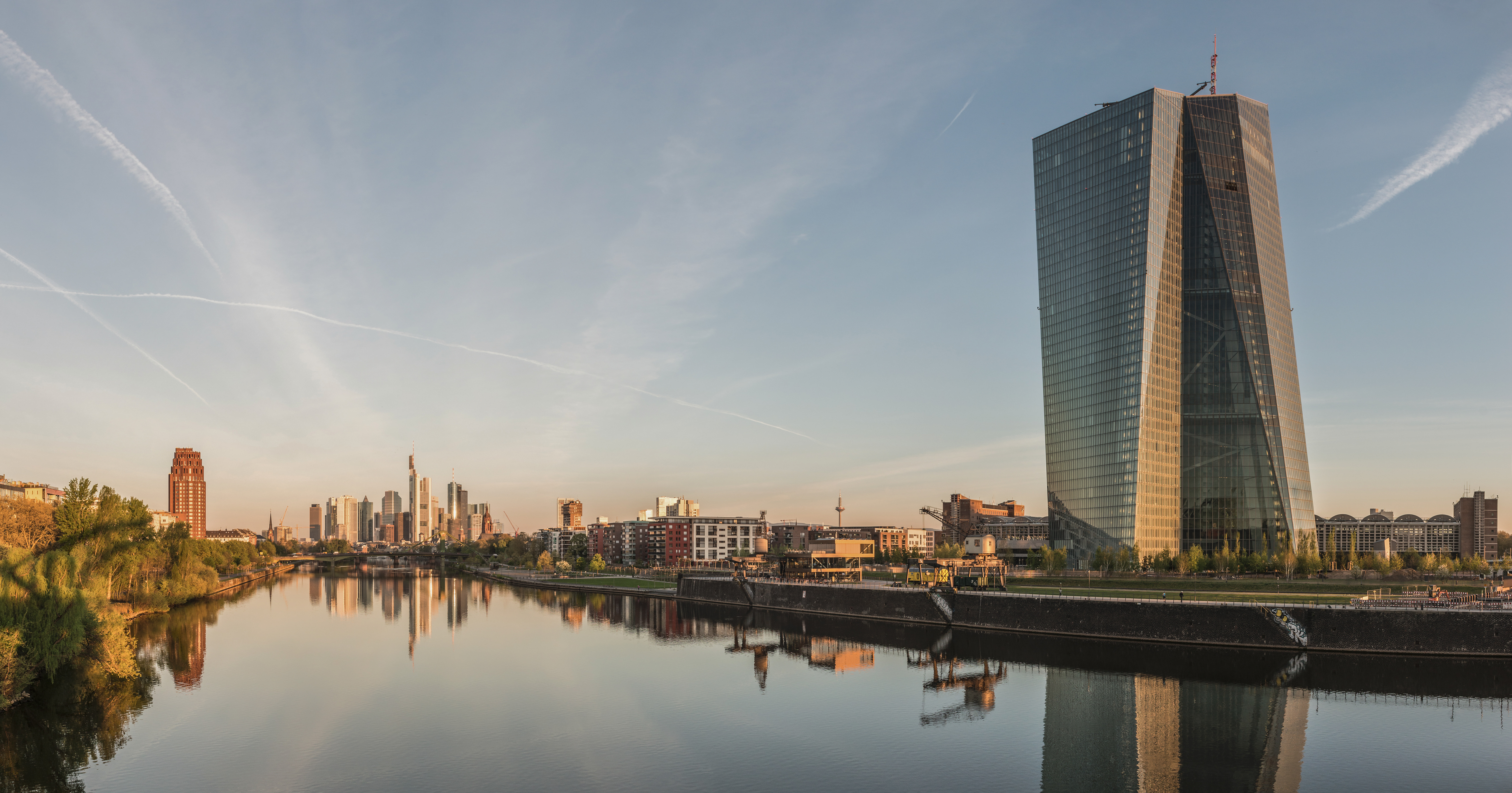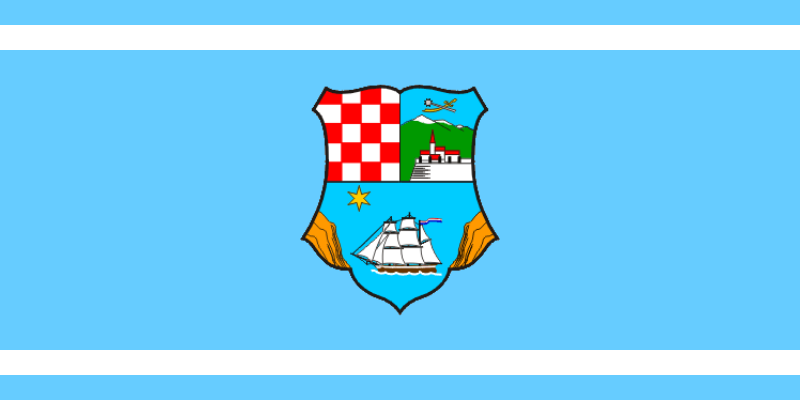|
University Of Rijeka
The University of Rijeka () is in the city of Rijeka, Croatia, with faculties in cities throughout the regions of Primorje-Gorski Kotar County, Primorje, Istria and Lika. The University of Rijeka is composed of eleven faculties, one art academy, two departments, university libraries and the Student Centre Rijeka (SCRI). History While the modern university was founded on May 17, 1973, the first school of higher education was established in 1627 by the Jesuits and enjoyed equal status with the academies in the largest cities of the Austrian Empire. The Faculty of Philosophy, established in 1726, operated for two years. The Theological Faculty was founded in 1728. From 1773 to 1780, Rijeka was the seat of the Royal Academy. The modern day university was established during 1970's, a decade of exponential rise in number of higher education institutions in the former Yugoslavia when alongside Rijeka universities in University of Osijek, Osijek, University of Kragujevac, Kragujevac, U ... [...More Info...] [...Related Items...] OR: [Wikipedia] [Google] [Baidu] |
Rijeka
Rijeka (; Fiume ([ˈfjuːme]) in Italian and in Fiuman dialect, Fiuman Venetian) is the principal seaport and the List of cities and towns in Croatia, third-largest city in Croatia. It is located in Primorje-Gorski Kotar County on Kvarner Bay, an inlet of the Adriatic Sea and in 2021 had a population of 107,964 inhabitants. Historically, because of its strategic position and Port of Rijeka, its excellent deep-water port, the city was fiercely contested, especially between the Holy Roman Empire, Venice, Italy and Yugoslavia, changing rulers and demographics many times over centuries. According to the Demographics of Croatia, 2011 census data, 85% of its citizens are Croats, along with small numbers of Serbs of Croatia, Serbs, Bosniaks of Croatia, Bosniaks and Italians of Croatia, Italians. Rijeka is the main city and county seat of the Primorje-Gorski Kotar County. The city's economy largely depends on shipbuilding (shipyards "3. Maj" and "Viktor Lenac Shipyard") and maritime ... [...More Info...] [...Related Items...] OR: [Wikipedia] [Google] [Baidu] |
Trsat
Trsat (, ) is part of the city of Rijeka, Croatia, with a historic castle or fortress in a strategic location and several historic churches, in one of which the Croatian noble Prince Vuk Krsto Frankopan is buried. Trsat is a steep hill, 138 m high, rising over the gorge of the Rječina river, about a kilometre away from the sea; strategically significant from the earliest times right up to the 17th century, it is today a major Christian pilgrimage centre and home to a statue of Pope John Paul II who came to Trsat as a Pilgrim in 2003. Today, the University of Rijeka's newly constructed campus lies in the western part of Trsat. History In the time before the Illyrians there was a fortified settlement and then the Iapodian fortress of Tarsatica. Following this there was a Roman looking point, and from the 13th century it was the property of the Counts of Krk. Later it belonged to the Frankopans. Together with Vinodol, the Croatian-Hungarian King Andrija II presented Trsat t ... [...More Info...] [...Related Items...] OR: [Wikipedia] [Google] [Baidu] |
Hospitality Management Studies
Hospitality Management and Tourism (Tourism Management) is the study of the hospitality industry. A degree in the subject may be awarded either by a university college dedicated to the studies of hospitality management or a business school with a relevant department. Degrees in hospitality management may also be referred to as hotel management, hotel and tourism management, or hotel administration. Degrees conferred in this academic field include BA, Bachelor of Business Administration, BS, BASc, B.Voc, MS, MBA, Bachelor of Hospitality Management, Master of Management, PhD and short term course. Hospitality management covers hotels, restaurants, cruise ships, amusement parks, destination marketing organizations, convention centers, country clubs and many more. Curriculum In the US, hospitality and tourism management curricula follow similar core subject applications to that of a business degree, but with a focus on tourism development and hospitality management. Core ... [...More Info...] [...Related Items...] OR: [Wikipedia] [Google] [Baidu] |
Tourism
Tourism is travel for pleasure, and the Commerce, commercial activity of providing and supporting such travel. World Tourism Organization, UN Tourism defines tourism more generally, in terms which go "beyond the common perception of tourism as being limited to holiday activity only", as people "travelling to and staying in places outside their usual environment for not more than one consecutive year for leisure and not less than 24 hours, business and other purposes". Tourism can be Domestic tourism, domestic (within the traveller's own country) or International tourism, international. International tourism has both incoming and outgoing implications on a country's balance of payments. Between the second half of 2008 and the end of 2009, tourism numbers declined due to a severe Economy, economic slowdown (see Great Recession) and the outbreak of the 2009 2009 flu pandemic, H1N1 influenza virus. These numbers, however, recovered until the COVID-19 pandemic put an abrupt end to th ... [...More Info...] [...Related Items...] OR: [Wikipedia] [Google] [Baidu] |
Medicine
Medicine is the science and Praxis (process), practice of caring for patients, managing the Medical diagnosis, diagnosis, prognosis, Preventive medicine, prevention, therapy, treatment, Palliative care, palliation of their injury or disease, and Health promotion, promoting their health. Medicine encompasses a variety of health care practices evolved to maintain and restore health by the prevention (medical), prevention and treatment of illness. Contemporary medicine applies biomedical sciences, biomedical research, medical genetics, genetics, and medical technology to diagnosis (medical), diagnose, treat, and prevent injury and disease, typically through pharmaceuticals or surgery, but also through therapies as diverse as psychotherapy, splint (medicine), external splints and traction, medical devices, biologic medical product, biologics, and Radiation (medicine), ionizing radiation, amongst others. Medicine has been practiced since Prehistoric medicine, prehistoric times, and ... [...More Info...] [...Related Items...] OR: [Wikipedia] [Google] [Baidu] |
Maritime Studies
Maritime studies is an interdisciplinary academic field that uses Liberal arts education, liberal arts or business as the foundation for exploring humankind's relationship with Waterway, waterways and Drainage basin, watersheds. Incorporating maritime history, The sea in culture, sea literature, poetry, film, cultural studies, anthropology, Archaeology, archeology, cartography, oceanography, environmental studies, and contemporary Admiralty law, marine policy, maritime studies covers a broader scope than traditional maritime history or seamanship. Maritime Studies "must be broad based and multidisciplinary and involve 'almost every profession having to do with the sea.'" Some of the institutions providing maritime studies combine a broad grounding in technical and scientific coursework with the study of courses in arts and humanities. While Maritime Academy, maritime academies frequently prepare cadets for careers in the merchant marine, maritime studies programs prepare stud ... [...More Info...] [...Related Items...] OR: [Wikipedia] [Google] [Baidu] |
Engineering
Engineering is the practice of using natural science, mathematics, and the engineering design process to Problem solving#Engineering, solve problems within technology, increase efficiency and productivity, and improve Systems engineering, systems. Modern engineering comprises many subfields which include designing and improving infrastructure, machinery, vehicles, electronics, Materials engineering, materials, and energy systems. The Academic discipline, discipline of engineering encompasses a broad range of more Academic specialization, specialized fields of engineering, each with a more specific emphasis for applications of applied mathematics, mathematics and applied science, science. See glossary of engineering. The word '':wikt:engineering, engineering'' is derived from the Latin . Definition The American Engineers' Council for Professional Development (the predecessor of the Accreditation Board for Engineering and Technology aka ABET) has defined "engineering" as: ... [...More Info...] [...Related Items...] OR: [Wikipedia] [Google] [Baidu] |
Civil Engineering
Civil engineering is a regulation and licensure in engineering, professional engineering discipline that deals with the design, construction, and maintenance of the physical and naturally built environment, including public works such as roads, bridges, canals, dams, airports, sewage systems, pipelines, structural element, structural components of buildings, and railways. Civil engineering is traditionally broken into a number of sub-disciplines. It is considered the second-oldest engineering discipline after military engineering, and it is defined to distinguish non-military engineering from military engineering. Civil engineering can take place in the public sector from municipal public works departments through to federal government agencies, and in the private sector from locally based firms to Fortune Global 500, ''Fortune'' Global 500 companies. History Civil engineering as a discipline Civil engineering is the application of physical and scientific principles for solv ... [...More Info...] [...Related Items...] OR: [Wikipedia] [Google] [Baidu] |
University Of Rijeka, Campus Trsat
A university () is an institution of tertiary education and research which awards academic degrees in several academic disciplines. ''University'' is derived from the Latin phrase , which roughly means "community of teachers and scholars". Universities typically offer both undergraduate and postgraduate programs. The first universities in Europe were established by Catholic monks. The University of Bologna (), Italy, which was founded in 1088, is the first university in the sense of: *being a high degree-awarding institute. *using the word (which was coined at its foundation). *having independence from the ecclesiastic schools and issuing secular as well as non-secular degrees (with teaching conducted by both clergy and non-clergy): grammar, rhetoric, logic, theology, canon law and notarial law.Hunt Janin: "The university in medieval life, 1179–1499", McFarland, 2008, , p. 55f.de Ridder-Symoens, Hilde''A History of the University in Europe: Volume 1, Universities in the Middl ... [...More Info...] [...Related Items...] OR: [Wikipedia] [Google] [Baidu] |
Euro
The euro (currency symbol, symbol: euro sign, €; ISO 4217, currency code: EUR) is the official currency of 20 of the Member state of the European Union, member states of the European Union. This group of states is officially known as the euro area or, more commonly, the eurozone. The euro is divided into 100 1 euro cent coin, euro cents. The currency is also used officially by the institutions of the European Union, by International status and usage of the euro, four European microstates that are not EU members, the British Overseas Territory of Akrotiri and Dhekelia, as well as unilaterally by Montenegro and Kosovo. Outside Europe, a number of special territories of EU members also use the euro as their currency. The euro is used by 350 million people in Europe and additionally, over 200 million people worldwide use currencies pegged to the euro. It is the second-largest reserve currency as well as the second-most traded currency in the world after the United Sta ... [...More Info...] [...Related Items...] OR: [Wikipedia] [Google] [Baidu] |
Opatija
Opatija (; ; ) is a List of cities and towns in Croatia, town and a municipality in Primorje-Gorski Kotar County in northwestern Croatia. The traditional seaside resort on the Kvarner Gulf is known for its Mediterranean climate and its historic buildings reminiscent of the Austrian Riviera. Geography Opatija is located northwest of the regional capital Rijeka, about from Trieste by rail and from Pula, Croatia, Pula by road. The city is geographically on the Istrian peninsula, though not in Istria County. The tourist resort is situated on the Kvarner Gulf, part of the Adriatic Sea, Adriatic coast, in a sheltered position at the foot of Učka massif, with the ''Vojak'' peak reaching at a height of . census, the municipality had 10,661 inhabitants in total, of which 5,715 lived in the urban settlement. The town is a popular summer and winter resort, with average high temperatures of 10 °C in winter, and 32 °C in summer. Opatija is surrounded by woods of bay laurel. T ... [...More Info...] [...Related Items...] OR: [Wikipedia] [Google] [Baidu] |








